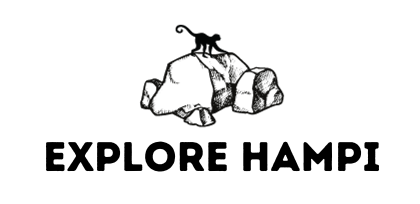The most reliable & authoritative hampi travel guide, compiled by a team of locals & experts. ..
Sign-up to receive updates, articles and offers in your inbox!
Your subscription could not be saved. Please try again.
Your subscription has been successful.
